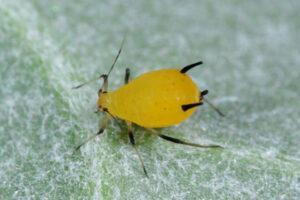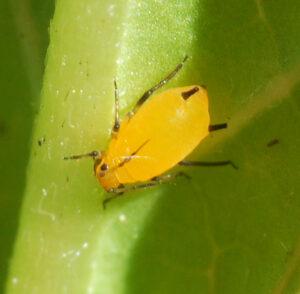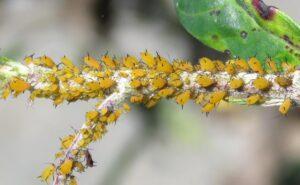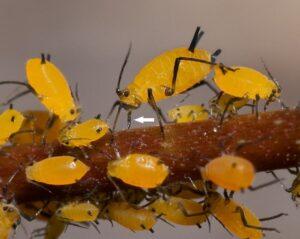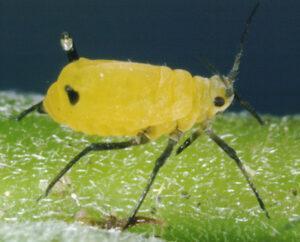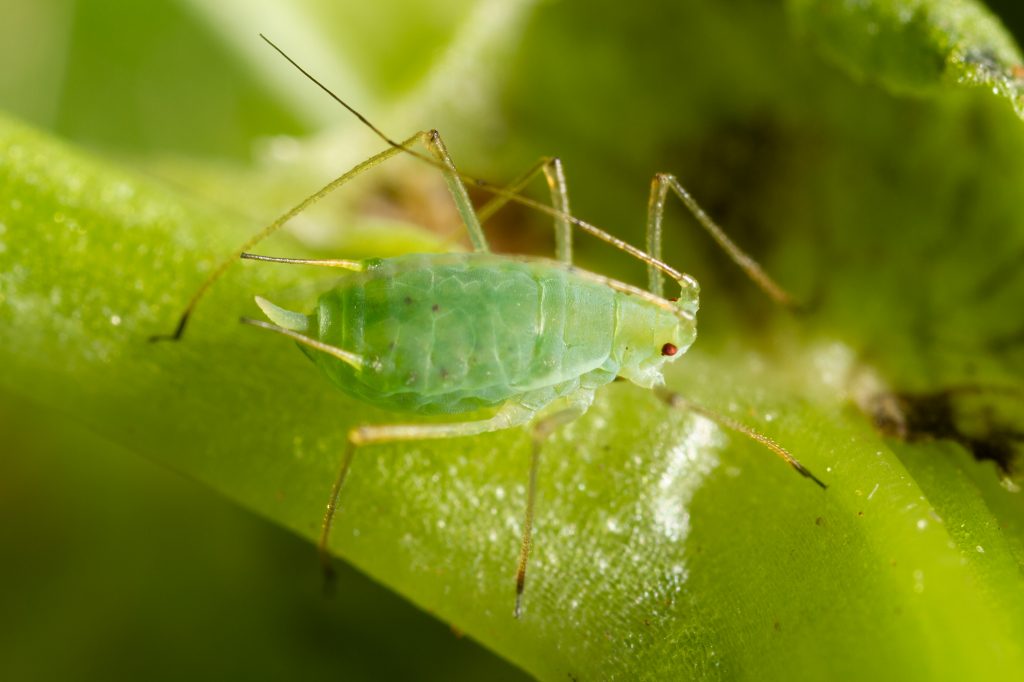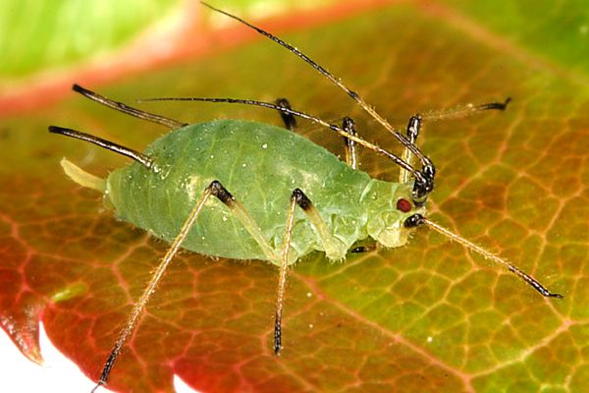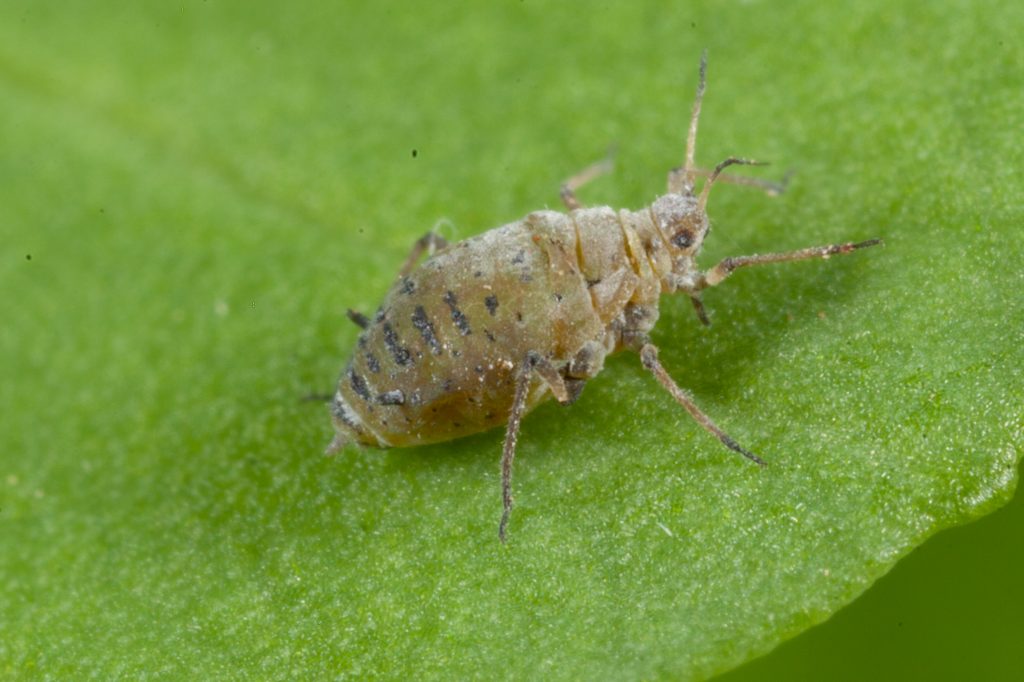Oleander Aphid (Aphis nerii)
Updated on
17/11/2022The oleander aphid is also known as milkweed aphid, nerium aphid, and sweet pepper aphid. It reproduces asexually to produce a massive population in little time.
It generally causes aesthetic damage to its host as large amounts of sticky honeydew excreted by it are deposited on the plant resulting in the growth of sooty mold. Too much sooty mold can be detrimental to the plant’s health, deforming its terminals. Heavy infestations can lead to stunted growth in plants.
Scientific Classification
- Class:Insecta
- Order:Hemiptera
- Suborder:Sternorrhyncha
- Family:Aphididae
- Genus:Aphis
- Species:A. nerii
Conservation Status
Description
The oleander aphid is bright yellow with a pear-shaped body and black appendages. It has compound eyes in front with a pair of ‘tail pipes’ or cornicles at the posterior end. Its length is around 2.5 mm.
Distribution: Regions with tropical and Mediterranean climates. It is found throughout the southern US.
Habitat: Oleander aphids have a wide variety of hosts but are commonly found in plants in the dogbane family, including oleander, milkweed, and periwinkle. They can occasionally be found feeding on bindweed, spurge, and daisy families of plants. They rarely live in plants of the citrus family.
Do They Bite/Sting: Yes.
Lifespan: 1 month approximately.
Predators: Spiders, ladybug larvae, hoverfly larvae, lacewing larvae, syrphid flies, and parasitic wasps.
Behavior and Characteristics
Diet
It ingests sap from its host plant. It processes it and turns it into a sweet secretion called honeydew, the food for ants. The latter literally ‘milks’ the aphids to procure their food source.
Defense Mechanism
It stores deadly glycosides picked up from its host and releases it from its cornicles in the form of a substance called cornicle wax. Just one bite of the bitter, toxic chemical is enough to deter its predator.
Life Cycle
1. Nymph Stage
The nymphs resemble the winged adult females but are smaller in size (1.5-2.6 mm). They are gregarious feeders of the plant tips and molt 5 times.
2. Adult Stage
The viviparous females give birth to live female young known as nymphs by parthenogenesis (virgin birth). Hence no males have been found in the wild but can be produced in the lab. The females can be winged (apterae) or wingless (alates). The alates are black and yellow with dark wing veins. They are produced more in the regions that require the aphid to migrate yearly to temporary hosts. The yellow apterae have black cornicles, legs, antennae, and cauda (abdominal tip).
Getting Rid of Oleander Aphids
Insecticidal soaps and horticultural oils are effective in controlling the soft-bodied aphid.
Source
inaturalist.ca, nzacfactsheets.landcareresearch.co.nz, simonleather.files.wordpress.com, nathistoc.bio.uci.edu, bugguide.net




